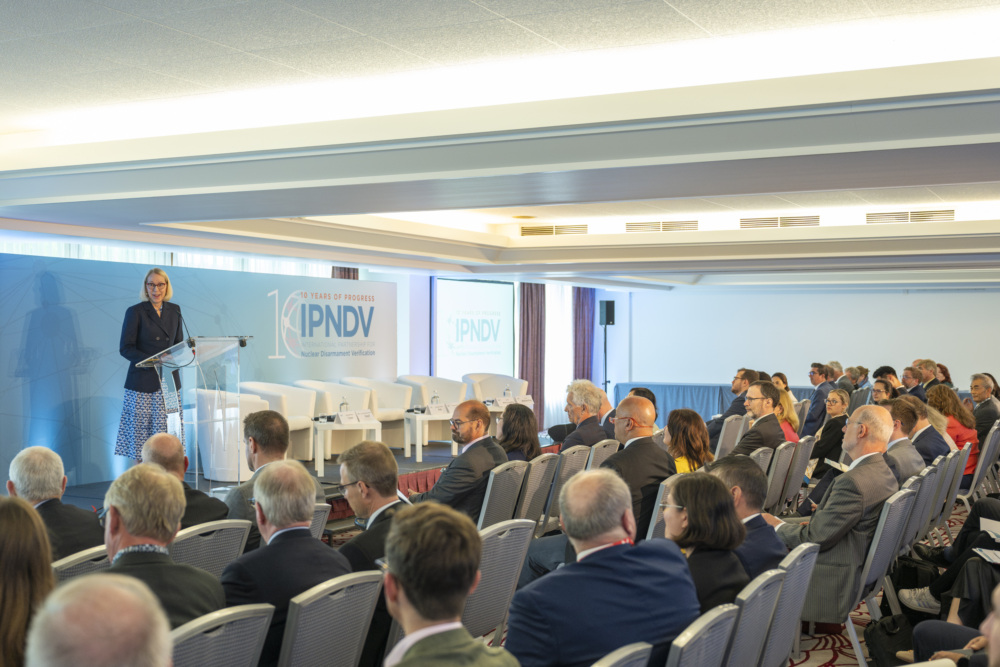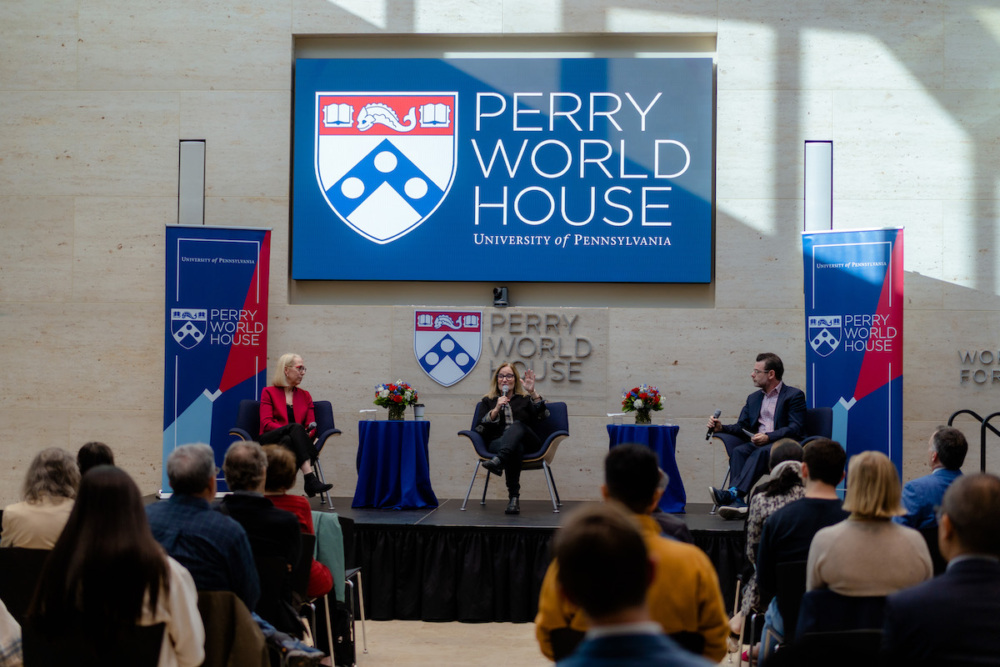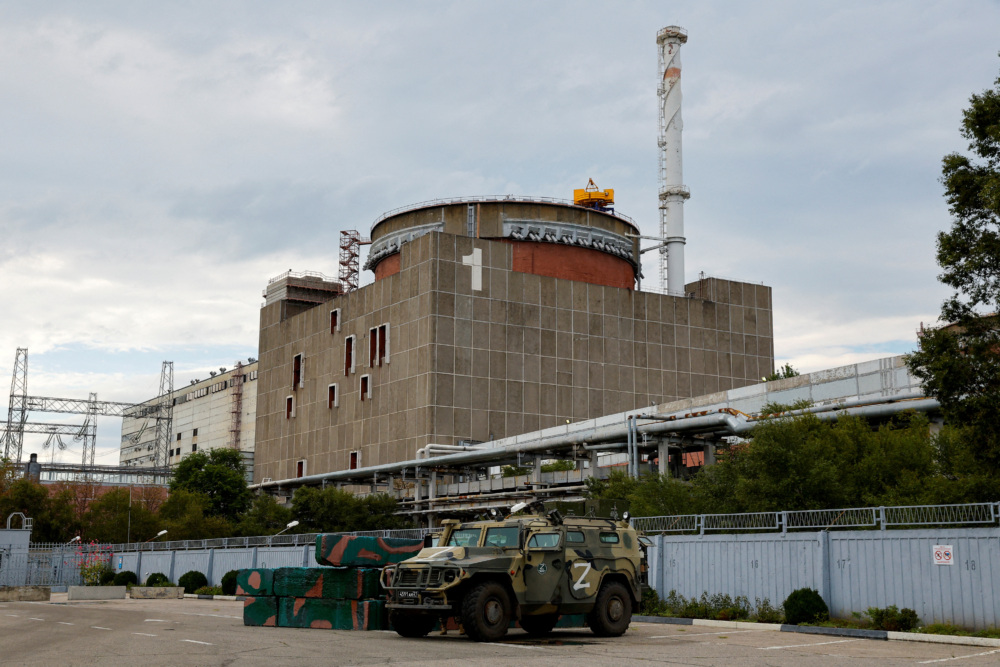NTI President and COO Joan Rohlfing called on young people to bring innovation and new strategies to manage and combat today’s nuclear threats at a recent event sponsored by the University of Pennsylvania’s Perry World House.
“Your generation gives me hope,” Rohlfing told an audience of undergraduate and graduate students, faculty, and staff at UPenn on September 27. Rohlfing was joined on stage by Dr. Rachel Bronson, president and CEO of the Bulletin of the Atomic Scientists, and moderator and former national security journalist Bryan Bender for a panel headlined “Ninety Seconds to Midnight: Nuclear Dangers in the 21st Century.”
Rohlfing said that the nuclear community needs to work to “create and sustain career paths” to bring young people into the field who can provide innovative thinking and alternatives to the almost 80-year theory of nuclear deterrence.
In addition, she called on leaders to reprioritize these threats within governments and help raise public awareness to generate new funding for the nuclear field.
Rohlfing provided three metrics to illustrate the need for additional funding in the nuclear space. She estimated that the amount of philanthropic investment in climate change solutions is approximately $9 billion per year, and that sports giant Nike’s global advertising budget is more than $3 billion annually. She contrasted that with the “best approximation” of $50 million per year in funding across the entire civil-society community for work on nuclear issues.
“This is really small compared to the nature of the challenge,” she said. “It’s ironic and sad that, as the threat is growing, our capacity to manage it has been shrinking.”
During the discussion, Rohlfing also praised the leadership of the International Atomic Energy Agency in handling Russian control of the Zaporizhzhia Nuclear Power Plant in Ukraine and said that “we can’t be sanguine” in thinking that Vladimir Putin won’t use nuclear weapons in the current conflict.
“I worry very much about intentional use in the context of Ukraine, but I worry equally as much about a mistake, an accident, a technology failure, a misperception by a leader or a combination of leaders that leads to nuclear use,” she said.
The current strategy of nuclear deterrence is “riddled with risks” and if it fails, the world will “pay the consequences,” said Rohlfing. She explained that today’s threats are complicated by nine nuclear weapons states, more powerful and lethal nuclear weapons than ever before, a “hot war” in Europe, an intense competition between the U.S. and China and the risk of nuclear terrorism.
“We are at one of the most dangerous, if not the most dangerous moment of the nuclear age in terms of risk of use,” said Rohlfing. You can watch the panel discussion here.





